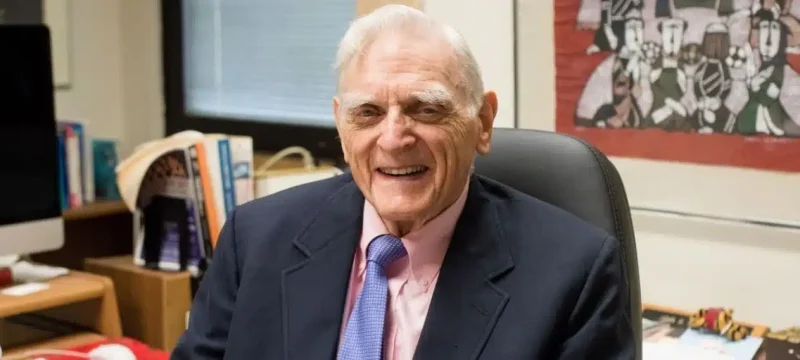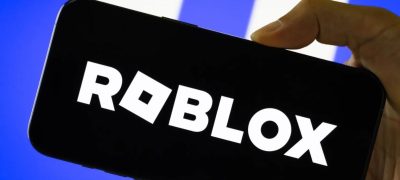Dr John Goodenough, the renowned scientist who transformed battery technology, has died, leaving an everlasting influence on the field. The University of Texas at Austin has formally acknowledged this prominent figure’s death at the age of 100.
Dr. Goodenough, commonly regarded as the inventor of the lithium-ion battery, was instrumental in making cell phones, laptop computers, and electric cars conceivable and practicable.
Although academics had previously investigated the concept of lithium batteries, it was Dr. M. Stanley Whittingham who made significant headway by mixing lithium with titanium disulfide. Dr. Goodenough, however, made a major breakthrough in 1980 while conducting research at the University of Oxford.
He succeeded in developing a cathode with layers of lithium and cobalt oxide that not only produced a greater voltage but also considerably improved safety precautions. These batteries had significantly greater capacity than their predecessors, such as lead-acid batteries used in automobiles and nickel-cadmium batteries often found in portable electronic gadgets.
Read more : Pakistan’s participation in World Cup in India depends on Govt’s Approval
Dr. Akira Yoshino made a critical decision to substitute raw lithium with safer lithium ions, which changed the course of technology. As a result of this decision, Asahi Kasei Corporation developed a practical design, which led to Sony’s revolutionary release of the first consumer-friendly rechargeable lithium-ion battery in 1991.
The ramifications were profound: mobile devices improved in performance, becoming more portable or bringing totally new possibilities. Cellphones and laptops have evolved, becoming sleeker, faster, and with longer battery life.
Furthermore, this breakthrough established electric vehicles as a realistic and ecological option.
Dr. Goodenough’s contributions, however, go well beyond this. During his time at MIT in the 1950s and 1960s, he was a pioneer in developing the technology that would later evolve into random access memory (RAM), which is utilised in many computing products today.
He worked continuously with colleagues, sharing patents and working on innovative ideas. Dr. Goodenough’s enthusiasm for research remained unwavering, and even in his 90s, he continued to investigate next-generation battery technologies that promised exceptional performance for renewable energy and electric vehicles.
Despite being little obscure to the general public, Dr. Goodenough’s outstanding accomplishments were recognised. His revolutionary efforts have been recognised with several prizes, including the 2019 Nobel Prize in Chemistry and the 2011 US National Medal of Science.
These honours attested to his remarkable competence and undeniable in









